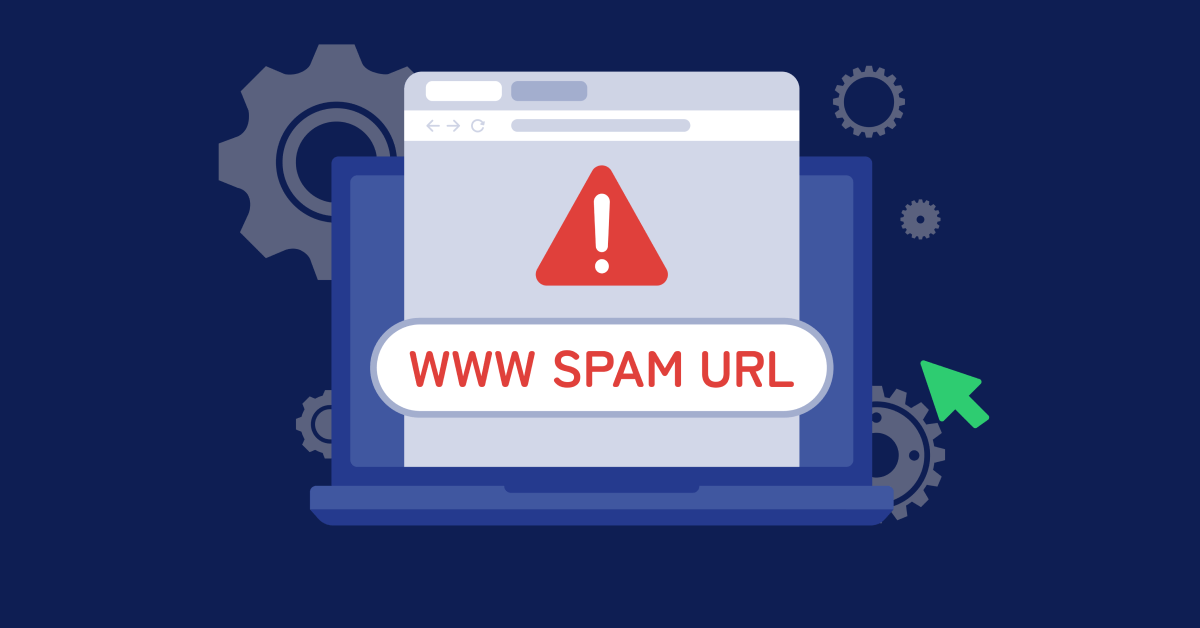Sometimes despite the best efforts of webmasters, database driven sites fall prey to duplicate content issues. One of the more common ways duplicate content can occur on database powered sites happens when more than one URL results in the dynamic creation of webpages with identical code. To search engines, this represents duplicate content – and having large amounts of it can negatively impact your site’s indexing and ranking.
But the good news is there is a workaround.
Technically, it doesn’t matter that there is more than one way to call the same page from a database driven site. So as long as the page is linked to from other site pages using a consistent URL, the search engines will not detect the “duplicate content”. In other words, search engine bots would have no way to discover the alternative URL of the page (assuming it is not linked to from an external site using the unfavorable URL).
Therefore, a temporary workaround maybe to consistently link to a duplicated page using a single preferred URL. If you have massive amounts of duplicate content, you may find there is a pattern to the URLs of duplicated pages. For example, let’s say you have the following URL problem:
In this example, both the Services Page and Product Page have two URLs that can call them from the database. However, the structure of many database driven content management systems (CMS) will often produce duplicate content in easily decipherable patterns – such as the one in the simplified example above. The next steps are to select a preferred URL nomenclature (In the example above, this would likely be the URL that uses letters to call pages) and ensure that only this naming convention is used throughout the site.
However, this should only be a temporary solution. Ideally, you want to completely remove any way identical pages can be called from your database.
Depending on the length of time it is estimated to find a permanent fix for the issue (more than 2 months), you may want to go into Google Webmaster Tools and go to –> Tools –> Remove URLs. Next, input the URLs that you wish Google to delete from its index into the tool. Only do this after the above recommendations have been implemented.
Hope this helps.





